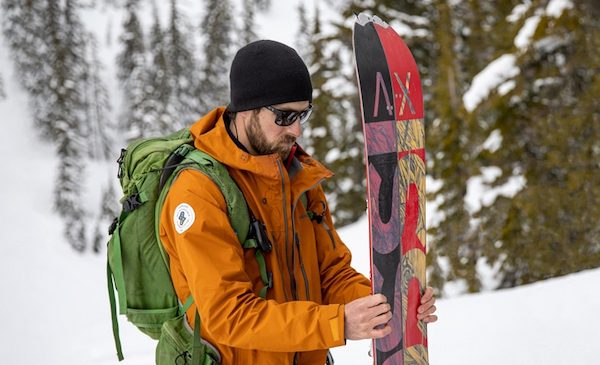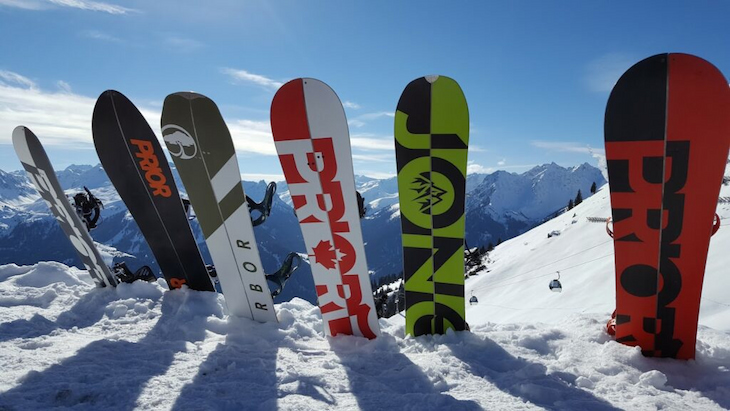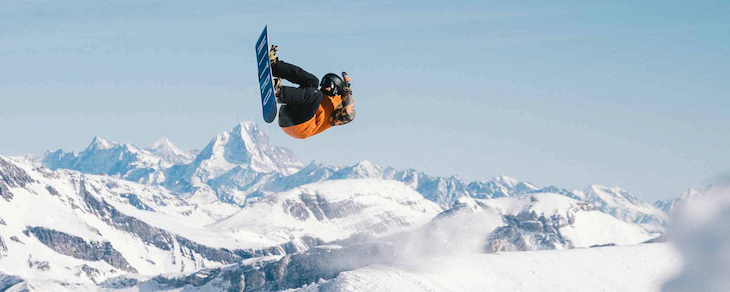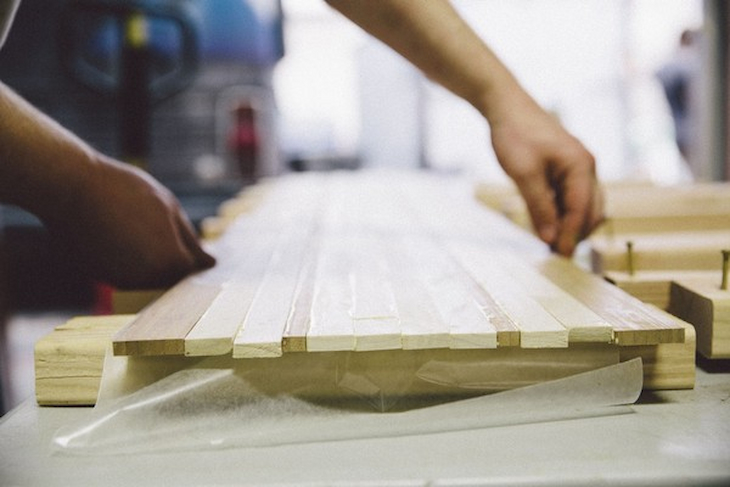26
Sep

Tired of being stuck in lift lineups on powder days? Wouldn’t it be great if you could search the vast wilderness and find the ideal line? If your answer is yes, then splitboarding might be just the thing for you. It’s an amazing winter sport that gives you the independence of snowboarding and the versatility of skis.
But it can be challenging to learn the basics of splitboarding. Even though it could be tempting to forgo caution and just get started, it’s crucial to take the time to become comfortable with the fundamentals of your equipment and lay a foundation for safety – starting with acquiring the right splitboard.
A snowboard that has been split vertically into two “skis” is known as a splitboard. These boards that turn into skis can be used to trek uphill in the wilderness by fitting specialised bindings and sticky climbing skins for traction.
Reassembling the skis gives you a board to shred down a pristine (and ideally powder-filled) run once you’ve reached your desired peak and found a good line. The snowboarder’s secret to getting to backcountry terrain is splitboarding. No need for bulky, cumbersome, and ineffective snowshoes here!
There is a tonne of splitboards on the market right now, and manufacturers make them in different shapes and sizes for different types of riders. Having said that, it’s simple to buy a splitboard online that meets your requirements because there are so many alternatives available.

While some riders opt to go the DIY way and construct their own splitboard from a sturdy board they already own, splitboards that are manufactured in factories offer more benefits. Factory splits don’t require you to disassemble your preferred board because they have a sealed inside edge, factory inserts, and pre-installed clips that are ready to handle everything you can throw at them.
Similar to choosing a regular snowboard, picking the best splitboard involves considering your weight, riding style, riding aptitude, and the terrain you will be using. Remember that you will be using this board on terrain that is different from the terrain you would normally use for snowboarding.
By their intended use and the types of terrain they perform best on, splitboards can be classified into several groups. Remember that the snow in the backcountry may be extremely unpredictable, so until you determine what could work best for you, err on the side of a more adaptable shape.
Looking for unexplored winter powder? Choose a board that fits your size and has some rocker; this will give you greater float in heavy snow. Another great choice is a board with a tapering tail, which allows the nose to rise above and the tail to sink into the snow.
Do you plan on having some fun with freestyle? For riding switches, look for anything twin-shaped. Even while you don’t necessarily need to size up, it might be beneficial if you intend to be sneaky in the powder. Here, boards modelled after freestyle icons or homemade splits are excellent choices.

Want to make turns 365 days a year? Looking for nasty lines? Stiff and directional boards are your friends here. For optimal power and control, look for something with some camber under your back foot and some rocker in the nose to help you remain afloat in deep snow.
Do not think that you need to surrender to using a smaller men’s board. The majority of businesses provide splitboards specifically made for women, with smaller sizes, softer flexes, and narrower waist widths.
There are numerous varied shapes and camber profiles to accommodate various riding styles, from freeriders to freestylers. If you can’t seem to find a woman’s specific model at your local board store, there’s always the more convenient option to buy splitboard online.
The weight and rigidity of a splitboard are influenced by the materials used in the topsheets. Although topsheet alternatives from manufacturers can be rather varied, the two most popular ones are carbon and fibreglass.

Bindings can be attached to a splitboard primarily via inserts or channel mounts. Both mounting techniques are top-notch. Here are some more details to aid in your decision-making.
The majority of splitboards come with predrilled inserts. All splitboard bindings available on the market can fit in them, and they are straightforward and dependable. The majority of backcountry riders can discover the stance width and angles that work for them because of its standardised mounting pattern, which provides a wide range of binding positioning options.
Some boards don’t have predrilled inserts; instead, they have a channel system. The four slots that run parallel to the board in the region where the bindings mount serve as a visual cue for this. If you have a distinctive stance that is really wide or has extremely high angles, you may want to choose a board with channels because they provide several possibilities for fine-tuning your stance.